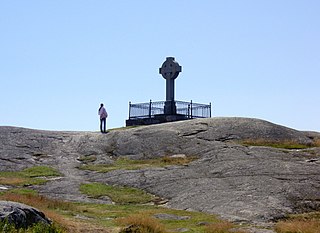
Birka, on the island of Björkö in present-day Sweden, was an important Viking Age trading center which handled goods from Scandinavia as well as many parts of the European continent and the Orient. Björkö is located in Lake Mälaren, 30 kilometers west of contemporary Stockholm, in the municipality of Ekerö.
The Götaland theory is a view which challenges established history and archaeology, and claims that the foundation of Sweden occurred not in Eastern Sweden, but in the province of Westrogothia (Västergötland). The adherents of this idea use wide-ranging methods, from controversial ones, such as dowsing and asking mediums to contact the dead, to more conventional methods such as etymology, but also claim that the established academic material consists of lies and forgeries. Although well known in Sweden and fervently preached by its adherents, it has never been accepted by scholars.

Old Norse religion, also known as Norse paganism, is a branch of Germanic religion which developed during the Proto-Norse period, when the North Germanic peoples separated into a distinct branch of the Germanic peoples. It was replaced by Christianity and forgotten during the Christianisation of Scandinavia. Scholars reconstruct aspects of North Germanic Religion by historical linguistics, archaeology, toponymy, and records left by North Germanic peoples, such as runic inscriptions in the Younger Futhark, a distinctly North Germanic extension of the runic alphabet. Numerous Old Norse works dated to the 13th-century record Norse mythology, a component of North Germanic religion.

Birger Nerman was a Swedish archaeologist, historian and philologist who specialized in the history and culture of Iron Age Sweden.
Errett Callahan was an American archaeologist, flintknapper, and pioneer in the fields of experimental archaeology and lithic replication studies.

In Old Norse, seiðr was a type of magic which was practised in Norse society during the Late Scandinavian Iron Age. The practice of seiðr is believed to be a form of magic which is related to both the telling and the shaping of the future. Connected to the Old Norse religion, its origins are largely unknown, and the practice of it gradually declined after the Christianization of Scandinavia. Accounts of seiðr later made it into sagas and other literary sources, while further evidence of it has been unearthed by archaeologists. Various scholars have debated the nature of seiðr, some of them have argued that it was shamanic in context, involving visionary journeys by its practitioners.
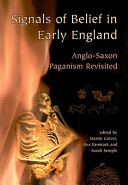
Signals of Belief in Early England: Anglo-Saxon Paganism Revisited is an academic anthology edited by the British archaeologists Martin Carver, Alex Sanmark and Sarah Semple which was first published by Oxbow Books in 2010. Containing nine separate papers produced by various scholars working in the fields of Anglo-Saxon archaeology and Anglo-Saxon history, the book presents a number of new perspectives on Anglo-Saxon paganism and, to a lesser extent, early Anglo-Saxon Christianity. The collection – published in honour of the archaeologist Audrey Meaney – was put together on the basis of a conference on "Paganism and Popular Practice" held at the University of Oxford in 2005.

The Viking Way: Religion and War in Late Iron Age Scandinavia is an archaeological study of old Norse religion in Late Iron Age-Scandinavia. It was written by the English archaeologist Neil Price, then a professor at the University of Aberdeen, and first published by the Department of Archaeology and Ancient History at Uppsala University in 2002. A revised second edition is due to be published in 2017 by Oxbow Books.
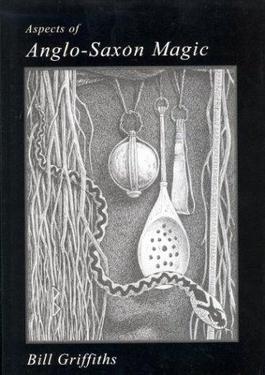
Aspects of Anglo-Saxon Magic is a study of Anglo-Saxon paganism and the role of magic in Anglo-Saxon England that was written by the English poet and independent scholar Bill Griffiths. It was first published in 1996 by Anglo-Saxon Books, and later republished in a revised edition in 2003.

The Archaeology of Shamanism is an academic anthology edited by the English archaeologist Neil Price which was first published by Routledge in 2001. Containing fourteen separate papers produced by various scholars working in the disciplines of archaeology and anthropology, it looks at the manner in which archaeologists can interpret shamanism in the archaeological record.

Shamans: Siberian Spirituality and the Western Imagination is a historical study of how westerners have viewed the shamans of Siberia. It was written by the English historian Ronald Hutton, then working at the University of Bristol, and first published by Hambledon and London in 2001. Prior to writing Shamans, Hutton had authored a series of books on such subjects as Early Modern Britain, pre-Christian religion, British folklore and Contemporary Paganism.

Shamanism: Archaic Techniques of Ecstasy is a historical study of the different forms of shamanism around the world written by the Romanian historian of religion Mircea Eliade. It was first published in France by Librarie Payot under the French title of Le Chamanisme et les techniques archaïques de l'extase in 1951. The book was subsequently translated into English by Willard R. Trask and published by Princeton University Press in 1964.
Paul Barry Pettitt, FSA is a British archaeologist and academic. He specialises in the Palaeolithic era, with particular focus on claims of art and burial practices of the Neanderthals and Pleistocene Homo sapiens, and methods of determining the age of artefacts from this time. Since 2013, he has been Professor of Archaeology at Durham University. He previously taught at Keble College, Oxford and the University of Sheffield.
Inger Zachrisson is a Swedish archaeologist specializing in the history of the Sami people. As Associate Professor of Archaeology at Uppsala University and former curator of Stockholm's History Museum, she has researched Sami archaeology and history since the Iron Age.
Julian Daryl Richards is a British archaeologist and academic. He works at the University of York, and is director of the Archaeology Data Service (ADS), and Internet Archaeology. He is also the director of the Centre for Digital Heritage at the university, and contributed to the founding of The White Rose College of the Arts & Humanities. His work focuses on the archaeological applications of information technology. He has participated in excavations at Cottam, Cowlam, Burdale, Wharram Percy, and Heath Wood barrow cemetery.
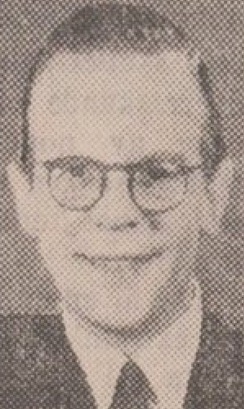
Count Eric Carl Gabriel Oxenstierna was a Swedish historian and archaeologist.

The Rällinge statuette is a seated figure in bronze, discovered in Södermanland, Sweden in 1904 and dated to the Viking Age. The seven-centimetre-high figure, who wears a conical headdress, clasps his pointed beard and has an erect penis, has often been assumed to be the god Freyr. This is due to an 11th-century description of a phallic Freyr statue in the Temple at Uppsala, but the identification is uncertain.
Stefan Brink is a Swedish philologist affiliated with the Department of Anglo-Saxon, Norse and Celtic, University of Cambridge.
Alexandra Sanmark is an archaeologist specialising in Iron Age Scandinavia and the Viking Age.
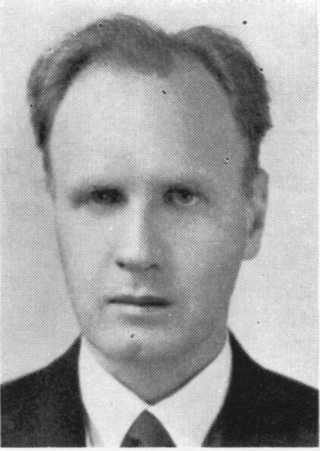
Dag Alvar Strömbäck was a Swedish folklorist, historian of religion and philologist. He was a professor at Uppsala University and also headed the Swedish Institute for Language and Folklore at Uppsala.











